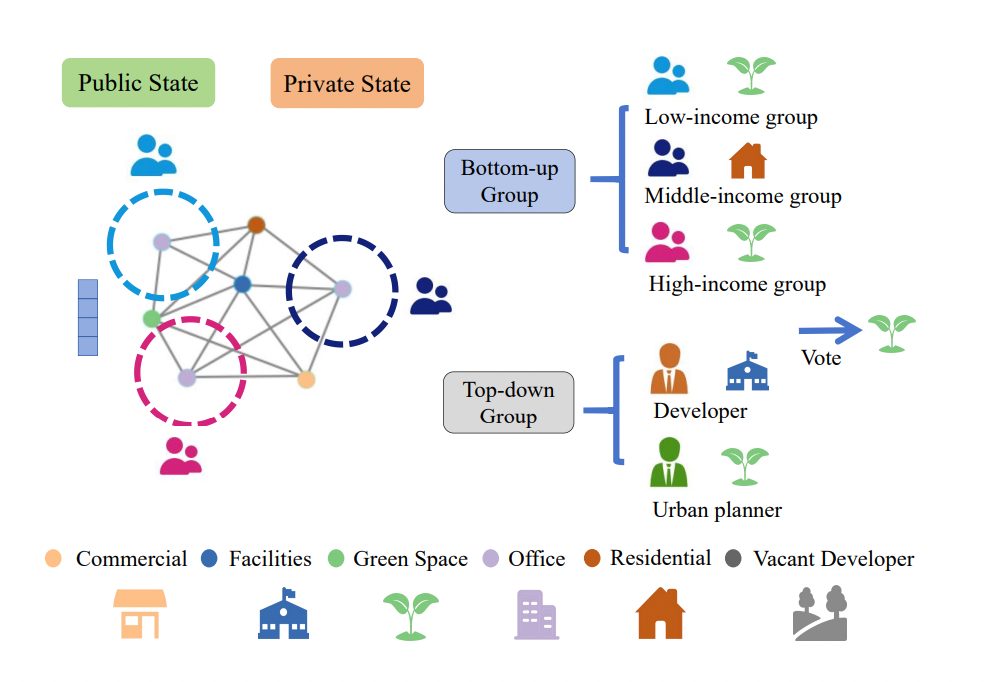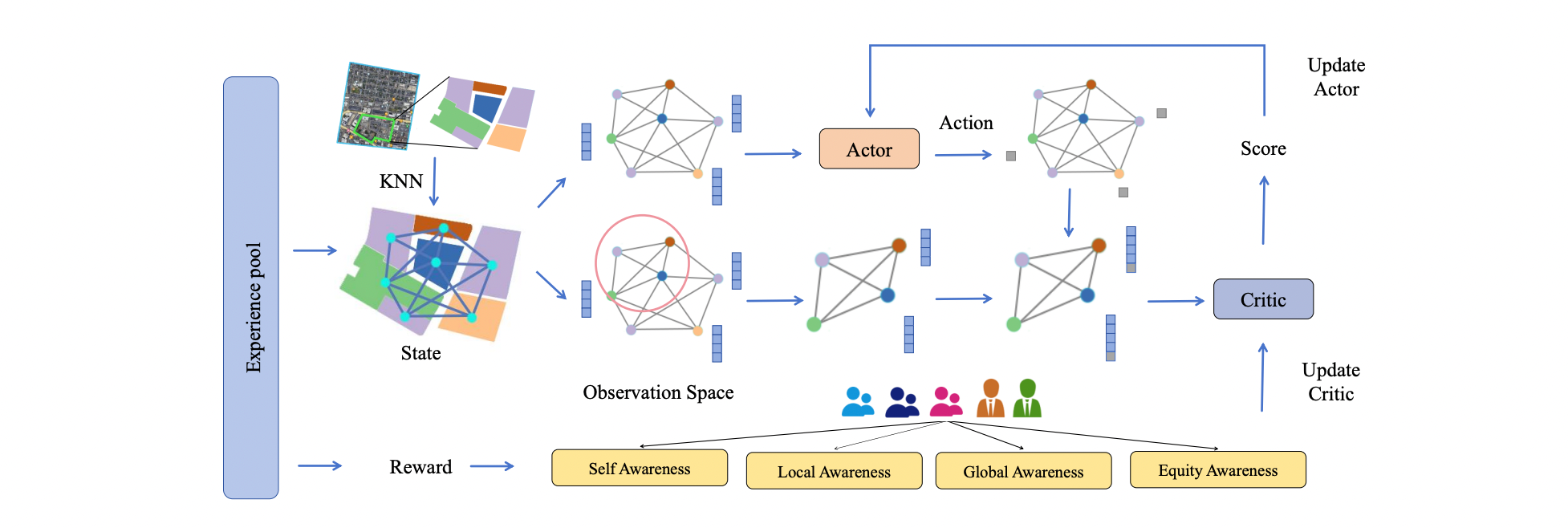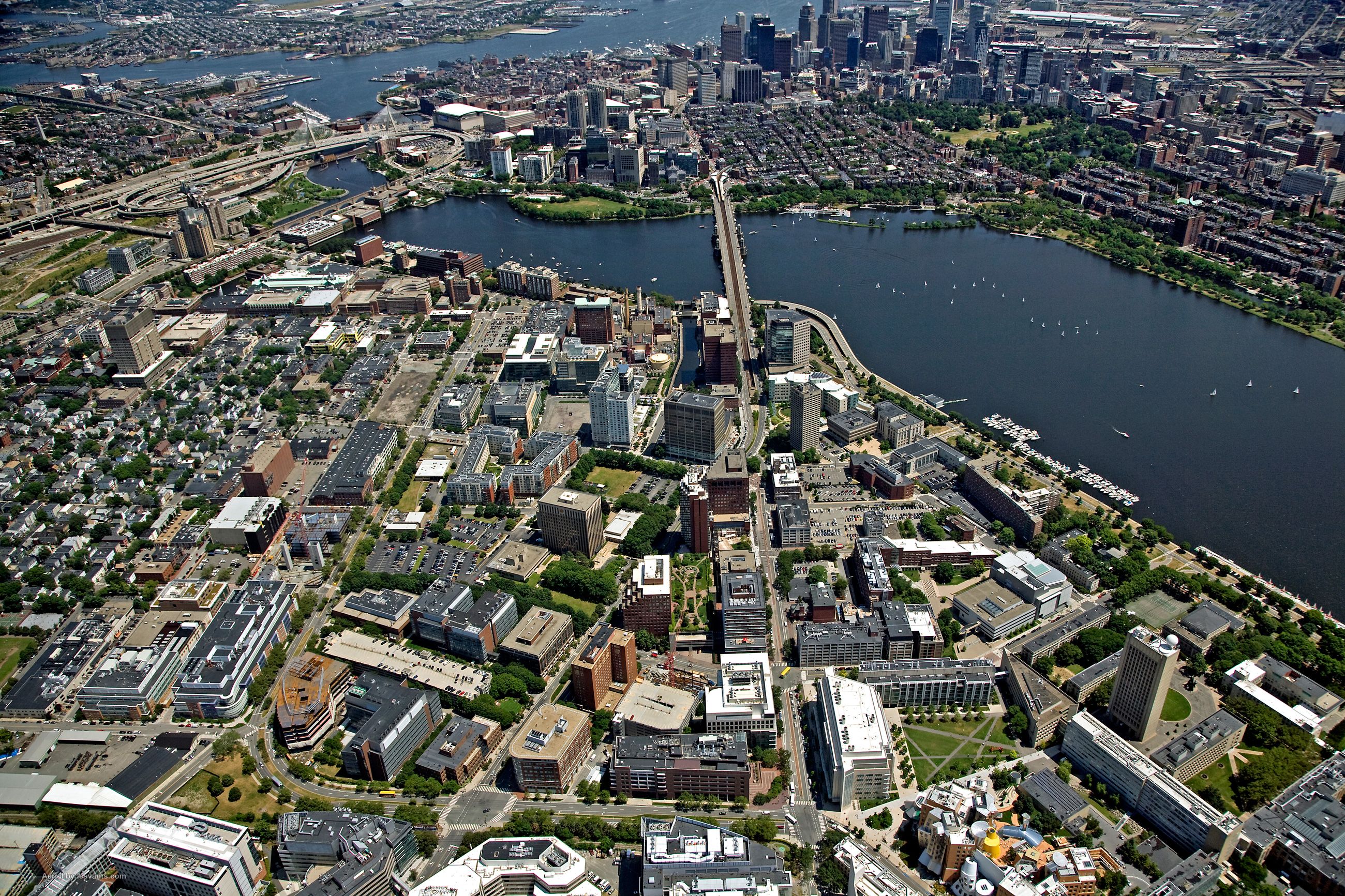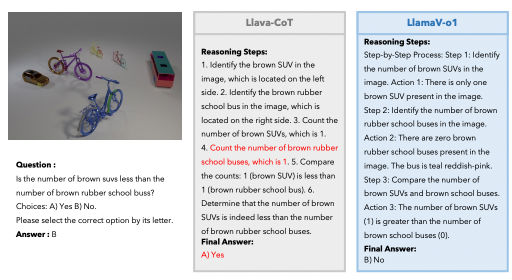Researchers find using MARL AI results in better urban planning outcomes
A new research paper proposes using Multi-Agent Reinforcement Learning (MARL) to vote on land use.

Urban planning decisions have far-reaching impacts on cities and their residents. However, the process often sparks controversy as diverse stakeholders like governments, developers, and local communities have conflicting interests and priorities.
A new study proposes leveraging AI techniques to make urban planning more inclusive, equitable and responsive to changing needs. The research demonstrates how computational models can find optimal compromises between top-down and grassroots perspectives in land use planning.
Subscribe or follow me on Twitter for more content like this!
The Challenges of Urban Planning
As cities evolve, existing land use configurations can become outdated. Urban planners strive to reallocate land resources to align with current needs like population growth, aging infrastructure, and sustainability goals.
However, several key challenges plague traditional urban planning processes:
- Top-Down Approach: Typically controlled by governments, planners and developers, this hierarchical structure often sidesteps locals. Compulsory land acquisitions breed legal conflicts.
- Reconciling Stakeholders: Diverse groups like officials, businesses and residents have conflicting land use priorities. It's difficult to balance these varied interests.
- Static Models: Conventional computational methods rely on predefined rules from experts. But these models cannot adapt to changing urban scenarios.
- Complex Systems: Cities operate as interconnected systems, with cascading effects across land use changes. It's hard to model these complex dynamics.
These challenges make it extremely difficult to develop urban plans that are widely accepted and temper friction between stakeholders. As a result, many proposals fail to come to fruition.
A Computational Solution
To tackle these urban planning hurdles, researchers from propose a new computational approach based on Multi-Agent Reinforcement Learning (MARL).
This method aims to enhance urban benefits through collective decision-making while still recognizing the interests of individual stakeholders. The key ideas include:
- Spatial Graph: The city layout is represented as a graph, with parcels as nodes and adjacent parcels connected. This captures urban geography.
- AI Agents: Stakeholder groups like residents, planners, and developers are modeled as intelligent agents. Each votes for preferred land uses. I've written about the actor-critic agent structure and its limitations here.
- Consensus Rewards: Agents are rewarded for achieving consensus that optimizes land use city-wide. This promotes cooperative decisions.
- Continuous Learning: The model trains dynamically from experience using deep reinforcement learning. This allows adapting plans to evolving needs.

In this way, the system aims to balance top-down urban development goals with bottom-up community preferences through participatory planning.
Testing the Model on a Real Neighborhood
To evaluate the proposed MARL framework, the researchers conducted in-depth testing on Kendall Square, Cambridge. This allowed the authors to assess how the model performs on a real-world urban planning challenge.

Kendall Square was selected due to its diverse land use distribution. While the core hosts advanced technology and biotech companies, the northern residential areas feature vacant lots and low-density housing.
The specific steps to process and test the model included:
- Data Collection: Geographical data on all 749 parcels in Kendall Square was gathered, including land use type, area, and geographic coordinates.
- Spatial Graph: Based on proximity, parcels were connected in a graph structure. This encapsulated the layout and interconnections.
- Identifying Redevelopment Parcels: Parcels were selected for potential readjustment based on factors like obsolescence, vacancy, and redevelopment feasibility.
- Model Simulation: The MARL agents then collaboratively voted on new land use types for these parcels. The model is optimized for consensus rewards.
- Evaluation: Performance was quantified through metrics like sustainability, land use diversity, and balancing of stakeholder interests.
Evaluating Model Performance
To assess the proposed MARL model, the researchers compared it against several established methods and evaluated it along both algorithmic and urban planning metrics:
Compared Methods
- Random Method: Agents vote randomly for land use types. Tested in top-down (RTP) and participatory (RPP) settings.
- Greedy Method: Agents vote for most individually beneficial land use, disregarding global impact. Tested with GTP and GPP.
- DRL: Deep reinforcement learning applied in top-down planning, centralizing decisions.
- Proposed Method: The consensus-based MARL model put forth by the researchers.
Algorithmic Metrics
- Global Reward: Measures alignment with overarching urban development goals. Aims to maximize this.
- Equity Reward: Focuses on balancing individual interests for social equity. Seeks to minimize this.
Urban Metrics
- Sustainability: Uses density of green/commercial spaces to evaluate environmental-economic balance.
- Diversity: Quantifies variety and distribution of land uses via Shannon-Weaver formula.
By benchmarking against traditional techniques along these quantitative metrics, the researchers could holistically evaluate their model's capabilities for real-world urban planning.
Envisioning More Inclusive, Responsive Urban Planning
This research provides a compelling proof-of-concept for data-driven AI techniques to make urban planning more democratic and forward-thinking.
The MARL computational model reconciles the priorities of diverse stakeholders to generate win-win land use plans. By facilitating participatory decision-making, it forges consensus between groups that typically clash in conventional top-down planning processes.
Challenges and Limitations
However, I think deploying AI in urban planning still faces some key challenges:
- These models need extensive, high-quality datasets. But urban data is often fragmented or inconsistent.
- It remains unclear whether AI can capture the full complexity of real-world urban systems and human behavior.
- Stakeholders need interpretable explanations of the model's reasoning and confidence in its fairness.
- City policies and regulations need revisions to support dynamic, algorithmic planning methods.
By developing solutions to these open issues, researchers can pave the way for AI to enhance how cities grow and evolve.
Conclusion
This study highlights some opportunities at the intersection of urban science and AI. Computational models like MARL could make planning more inclusive and responsive to changing needs. With thoughtful design, algorithms may help forge consensus between diverse stakeholders, resulting in cities that benefit all citizens. I think there are still some limitations that will need to be overcome in future iterations before this technology is ready for prime time, but the direction is interesting.
Until AI has fully mastered urban planning and tasks like roundabout design, looks like I still have a reason to play Cities: Skylines!
Subscribe or follow me on Twitter for more content like this!




Comments ()